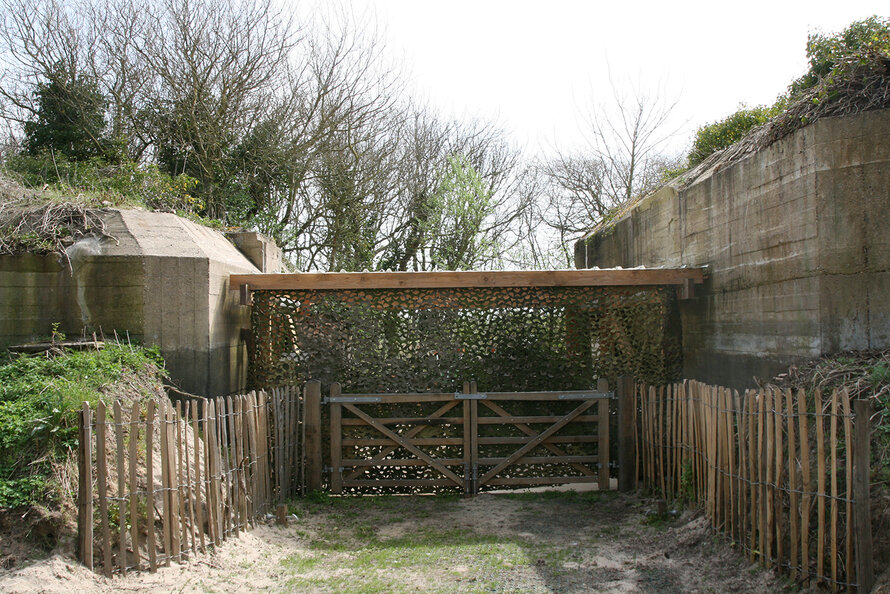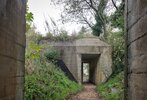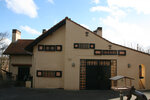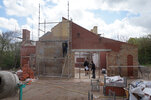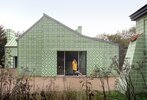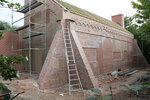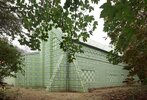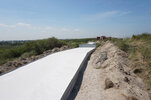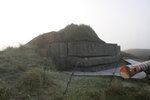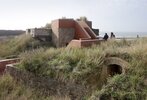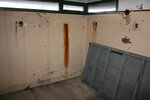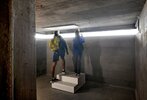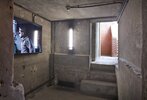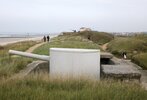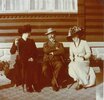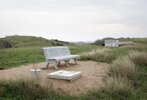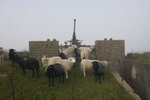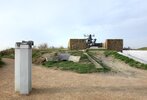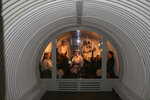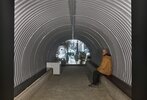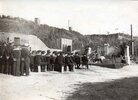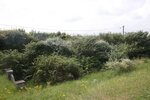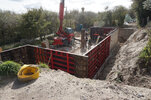Aachen Battery
Museum Batterij Aachen is a restoration and regeneration of unique European heritage. The German bunker complex from World War I is the only one of its kind remaining in such a state and giving a complete picture of German coastal defenses during WWI. Some additional artifacts ...
Read more
Project details
| Title: | Aachen Battery |
|---|---|
| Entr. year: | 2022 |
| Result: | Award |
| Country: | Belgium |
| Town: | Oostende |
| Category type: | architectural heritage |
| Notes: | Value and significance in its local/regional/national context The site tells an important story of Belgian and, by extension, European history. The ensemble is unique in its kind. The architectural heritage is also embedded locally and regionally. The site is part of the Raversyde Provincial Domain, a unique nature reserve consisting of dunes. The position of the site, on the Belgian coast and within a nature reserve brings the story of WWI to unexpected groups of visitors: Museum Battery Aachen as an alternative to a day at the beach. In 2019, up to 25% more visitors came to see Atlantikwall. In the years previous to the restauration up to 65 000 visitors per year visited. Due to the unique historical character of the site, it also appeals to international visitors (Dutch, French, German, English, Canadian, Australian...). Tourists interested in war history encounter an unexpected viewpoint at Batterij Aachen. One looks, in allied territory, from the point of view of the occupier. The fact that a look into the daily life of the soldiers is also offered is unique and calls for reflection. |
| Building type/ Project type: | residential building, Urban renewal/design - Village renewal/design |
| Former use: | Site: Former use: Royal domain with wooden chalet (destroyed), coastal defense line with bunkers First bunkers on the trail: Former use: carpentry and work bunkers Green checkered house: Former use: light keepers house, Villa Bastien (villa of a Belgian painter) Coastal Battery: Western observation bunker: Former use: WWI observation bunker, WWII observation bunker 4 artillery positions: Former use: WWI defense line, position of the canons, WWII defense line, position of the canons Eastern observation bunker: Former use: WWI observation bunker, severely modified during WWII, observation bunker Saint Barbara Wells: Former use: wells, resting place near marine accommodations. |
| Actual use: | Site: New use: museal trail + public nature reserve First bunkers on the trail: New use: space for contemporary art Green checkered house: New use: green checkered house: museal pavilion with art integration Coastal Battery: Western observation bunker: New use: museum 4 artillery positions: New use: museum Eastern observation bunker: New use: museum Saint Barbara Wells: New use: artifact in the landscape near evocation of marine accommodations |
| Built: | It was built on the former royal domain of King Leopold II. 1902-1903 |
| Architect / Proj.leader: | Miss Elisabeth Lehouck |
| Web, Links: | www.raversyde.be/en/atlantikwall/aachen-battery , www.annoarchitecten.be/projecten/batterij-aachen |
Description:
Museum Batterij Aachen is a restoration and regeneration of unique European heritage. The German bunker complex from World War I is the only one of its kind remaining in such a state and giving a complete picture of German coastal defenses during WWI. Some additional artifacts were preserved and incorporated in the museum. The battery is part of the Atlantic Wall and is located in a protected nature reserve. The project consisted of three major design tasks: 1: the construction of a new, accessible trail; 2: opening up the bunkers for the public and ; 3: telling the story of war on the coast. Attention was paid both to the technical side and to the daily life of the soldiers. Specific challenges for the project were: wheelchair accessibility, preserving the valuable dune reliefs, and preserving the historical heritage, both above and below ground, with its historical stratification. Creating the right atmosphere and an impactful experience were key ambitions of the project.
Similar projects
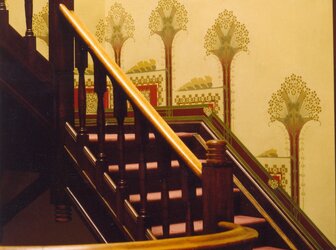
19th century
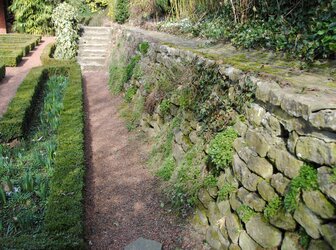
1927 - 1928
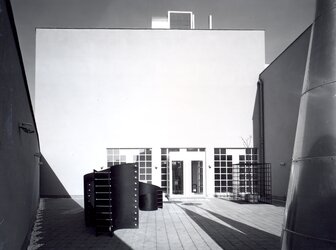
19th-20th century

19th century
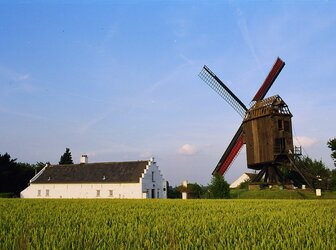
18th century
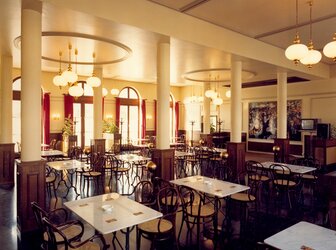
19th century
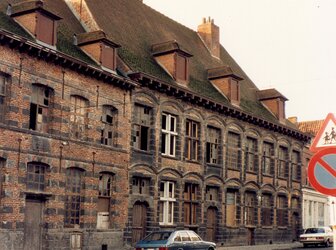
17th century
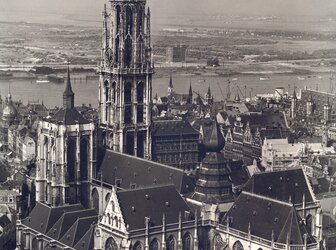
14th-16th century

It was built on the former royal domain of King Leopold II. 1902-1903
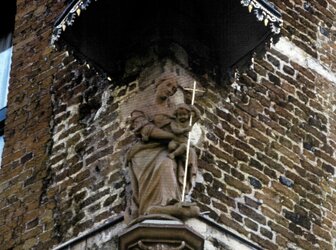
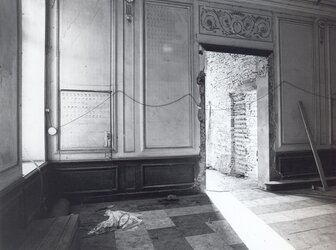
17th century
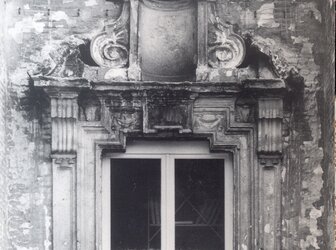
17th century
